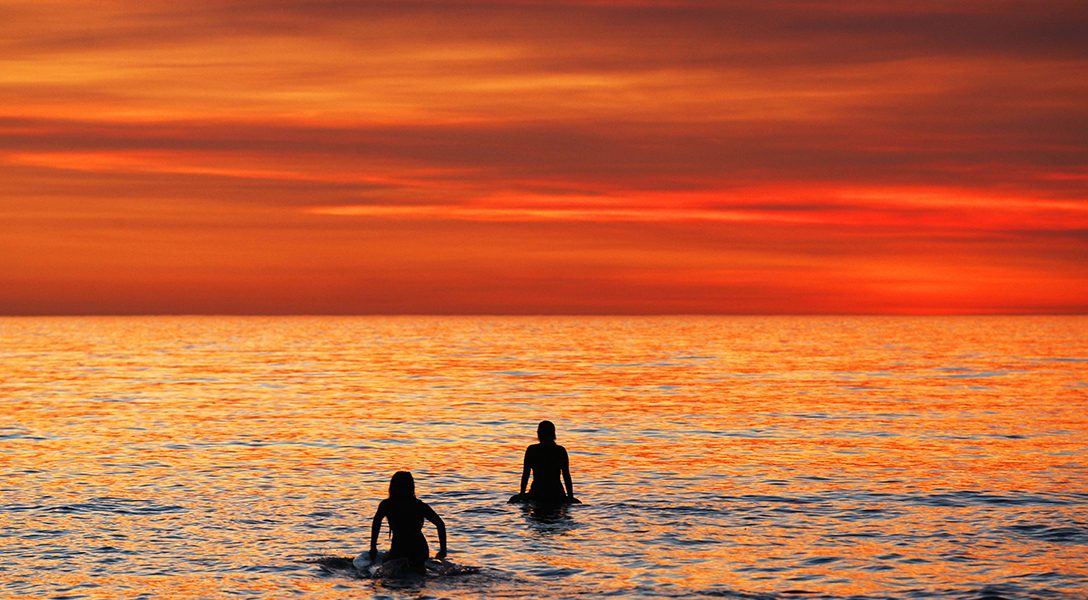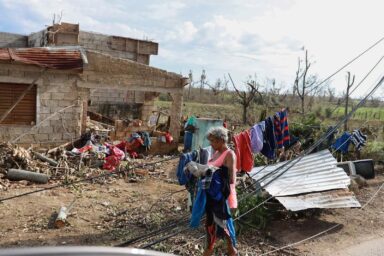Climate change is not just a scientific concept. It is all around us, threatening to mutate the world we live in for good. Read how it is already having a profound effect on everyday lives.
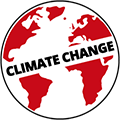
WhoWhatWhy believes climate change is not just one more news item — but the overriding story of our time.
Epic images of the burning of the Amazon and the melting of the ice caps flicker across our TV screens and social media feeds but, as individuals going about our daily lives, what is our experience of mankind’s greatest man-made disaster that is already casting a shadow over our home, planet Earth?
We asked the WhoWhatWhy staff and our readers what effects — big or small — of climate change they have witnessed, in the USA or on their travels abroad.
The responses tell a story of fear and loss but also of hope and the profound desire to stop the environmental doomsday clock before it is too late.
In Alexandria, VA, a suburb of Washington, DC, the summers usually are very warm and humid. But the intensity of the heat this year was overwhelming.
Local forecasters had told us the DC region would get a cooler summer. They were wrong. By the end of July, we’d already racked up 36 days of 90 degrees or higher, and August has been just as hot. DC had a week’s worth of days that felt like 100 degrees. As of August 23, there had been 51 days of 90 degrees or higher, with a couple more forecast at the end of the month.
Those of us who live in this region try to remember the number of the hypothermia hotline, which we can call for help when we spot a homeless person sleeping on a frigid park bench in the middle of winter. But that hotline had to be activated again this summer, to protect the homeless from the relentless heat, which persisted even after sunset.
Forecasters rarely attribute all these weather gyrations to climate change, but climate scientists see things differently. They predict that if climate change is not addressed, the DC region will have the equivalent of two months of these intensely hot days.
The crepe myrtle trees, which generally flower in late July in my neighborhood, started blooming months ago. Now their flowers, which are supposed to be long-lasting, are fading and falling.
Oak trees have been shedding acorns since July. This isn’t supposed to happen until fall’s crisp days. Squirrels aren’t gathering them up and burying them. Are they waiting for fall, too?
There are big sales at my local nursery in July. The owner tells me, “Even experienced gardeners can’t keep their plants alive.” I buy two impatiens plants for $5. “Don’t bother to transplant them,” the owner tells me. “Just keep them watered.”
I have seen far fewer goldfinches this year. I guess I shouldn’t be surprised. The Audubon Society predicts that nearly half of North America’s bird species are in danger from the climate crisis. The US Forest Service expects far fewer goldfinches in my neighborhood as climate change intensifies.
And the fireflies, which used to make the summer evening enchanted, have all but disappeared. Some scientists suspect that climate change may be disrupting their life cycle.
— Celia Wexler, Virginia
Every evening around dusk, I have to go outside. It’s that strange violet light out there. I’m just drawn to it. It falls onto everything, streets, cars, roofs and walls of houses, rivers, puddles, shop windows, the eyes of passing strangers… it even gets into the air itself. I could probably get some of that light into a jar and take it home. But I need to walk in it, alone. And on quiet streets lined with trees and shrubs, where I can hear the crickets and cicadas and tree frogs and night birds.
But things are changing. Sometimes pollution adds a bit of jaundice to the colors of dusk, and pollution may be killing off my favorite bugs and other creatures of the night. And global warming is helping bad bugs like mosquitoes and ticks thrive and make their way further north — and, with them, the diseases they carry. Now I don’t walk so much outside at dusk. I sit in the dark by my window, hoping to catch the light in a wine glass.
— Milicent Cranor, Pennsylvania
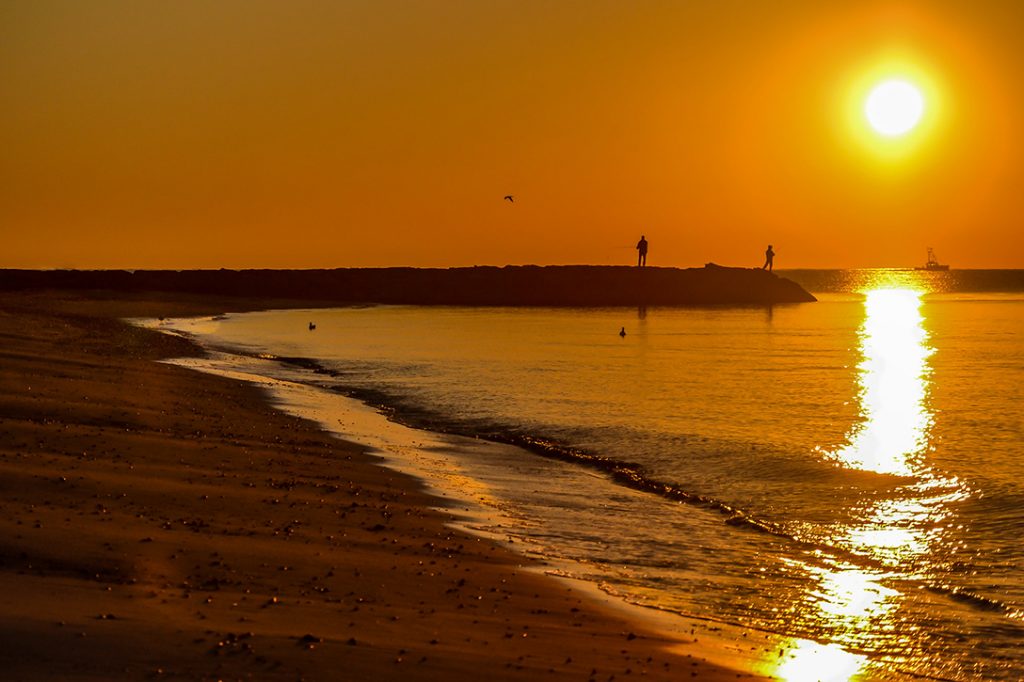
There’s no more cod on Cape Cod. At least not cod that is locally caught. There used to be so many that early settlers said you could walk across the water on them, hence the name. However, with climate change and fishery mismanagement, local cod is off-limits. We can now get it trucked in from other fisheries, but not locally. Some of the best cod available, in fact, is flown in from Iceland — hardly a low-carbon method of transport. Worse yet, salmon at the fish market comes from fish farms in Ireland, also flown in by air.
The diminishing stock of local fish is not the Cape’s only problem. Thanks to climate change, we now have tornadoes in Massachusetts. Three of them struck my town, Harwich, recently. I’ve lived here for 44 years and never seen one before. They destroyed 3,000 trees in our small town, attracting the attention of our governor, Charlie Baker, who came over to the street just next to ours for a photo op.
We also now have a glut of great white sharks of the Jaws variety off our shores. Changes in the water temperature, and an explosion in the seal population, have brought them closer to land. There are even shark emergency kits at Outer Cape beaches (you know, one usually doesn’t have a spare tourniquet with beach towels and sunscreen) with little “swim at your own risk” signs.
In the real estate market, there are other, more existential problems. Folks with previously desirable beachfront property are quietly selling off prime real estate. I haven’t yet seen sea-level measurements along with the real estate descriptions, or an estimate as to how long people can enjoy their property before it goes under water, but I expect those will be coming.
— Renee Roberts, Massachusetts
In June of 2019, I traveled to Arctic Svalbard, north of the Arctic Circle about halfway between continental Norway and the North Pole. Basically in the middle of nowhere, it’s amidst about 60 percent glacial ice. Or that’s what it used to be.
I had wanted to go on a polar bear expedition since the moment I first heard about it. I went sooner rather than later because I was worried that the polar bears and their habitat would soon be gone. A bit dramatic on my part, but I turned out to be somewhat correct.
On the second night of our expedition the captain briefed the passengers saying: “Throughout the night you will hear lots of ice crashing against the hull while you sleep, please don’t be afraid; the ship is fine. We will be breaking through it.”
We went to sleep and heard nothing. We awoke to a sea of water: zero ice! This trip has been taking place for years, and the captain knew what to expect, traveling to the land of ice.
But we did not get to see that. Nor did we see that many polar bears; six compared to 26 the same week in the previous year. In eight days we saw only one seal! Eight days; one seal! In the Arctic, seals live on the ice as do the polar bears.
I thought I had gone early enough to witness incomparable greatness, but I witnessed great climate change instead. We did see some ice but not like we were told or even close to what was expected. The temperatures were 40 degrees above normal. Next year the trip will be in March instead, in hopes that there will be more ice and more polar bears. One can only hope and pray.
— Nicki, Florida
The federally approved Cape Wind project off the southeast coast of Massachusetts has been stonewalled and obstructed for over 10 years by powerful right wing forces and local “NIMBY” organizations. It is/was set to be a test case for vitally needed offshore wind potential for the country, but is now stuck in limbo.
— Jeff Clyburn, Massachusetts
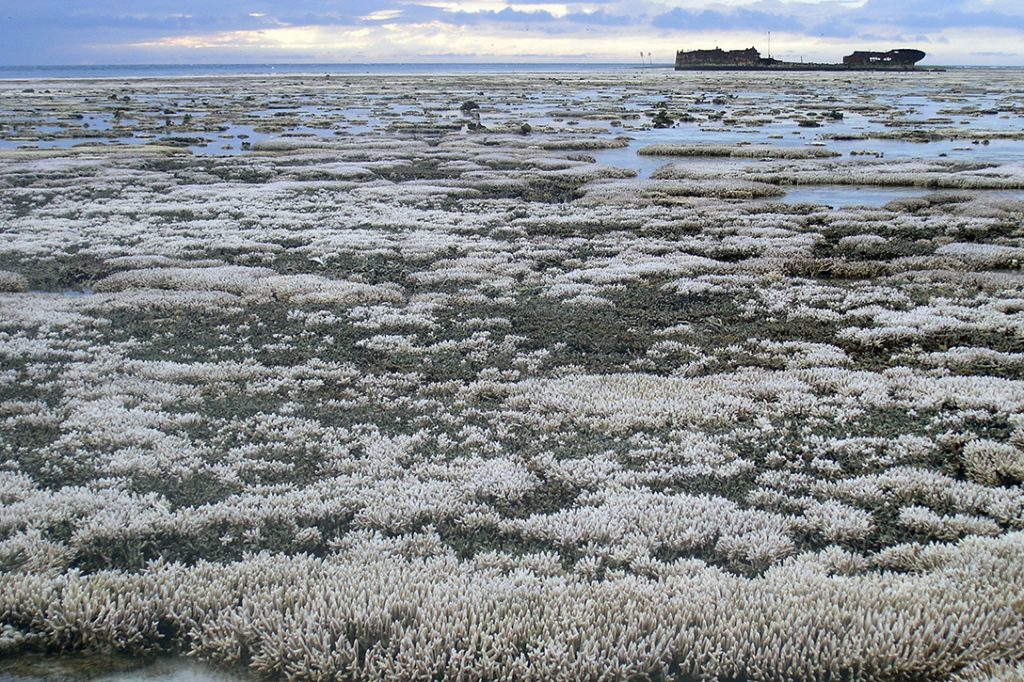
Over the summer holidays, my family traveled to Australia and fulfilled one of our bucket list items, which was touring the Great Barrier Reef. The one thing that always struck a chord with me was hearing from various sources that the Great Barrier Reef was dying due to coral bleaching. My husband and I felt quite strongly about visiting, as we wanted to see for ourselves, along with our children, how climate change has negatively influenced something so important to the health of our planet. Choosing the right tour that was dedicated to preserving the reef was the only way.
From beginning to end, there were various presentations on “the Reef Restoration Research Project” from Reef Ecologic marine biologists. Our family saw firsthand the 1-inch-plus regrowth from December 2018. The regrowth occurred by the coral colonies being attached to mesh with a power source triggering regeneration. INCREDIBLE is an understatement!!! There is hope!!!
What my school-aged boys took from this educational, thrilling adventure was that we have no choice but be eco-warriors somehow. Whether it’s self-education or participation, a difference starts from the individual. Making the right choices for the future in our daily lives is necessary for Global Change. Be the change.
— Monique, New Jersey
I started working for the Paper Fig Foundation, which focuses on empowerment through fashion in East Africa, and have traveled there three times. Called “The Pearl of Africa” by Winston Churchill, Uganda was renowned for its verdant, life-sustaining ecosystem, where plant, animal, bird, and insect wildlife thrive.
But today, Uganda sees prolonged dry seasons, extended droughts and heat, and intense rainfall as a result of climate change, and this has all kinds of implications — from flooding to crop failure to water-borne illness. Instead of waiting for help, activist citizens are already taking steps to combat these undeniable changes. Ak Ibrahim, a designer from Uganda, knows it takes about 10,000 liters of water to make one pair of jeans. “That’s enough water for someone to drink for ten years,” he said. He is telling his community to stop using new fabrics and stop feeding an industry that’s destroying our planet. He considers recycling clothes, denim in particular, as one possible way for Africa to fight back.
That’s when I realized: the answer to all of our problems might not come from a UN memo. It might not even come from a leader with vision, thought that would be a welcome change. There’s a rising generation of innovators like Ak, whose creations are pleas for change.
— Emily, New York
For all the wide sweeping and far-reaching effects of global climate change, my day-to-day life is relatively immune from extreme weather or other climate events.
I live in Phoenix, AZ. As people move through their daily lives in the 5th largest US city, you would think nothing was happening. The distressing reality is this city will be uninhabitable by 2050, due to more extreme heat days and higher average summer temperatures. As a parent of a young child, I wonder about raising him here. My husband and I have conversations: “Should we move? Where can we go that will be safe for his future? Colorado? Canada?”
I grew up in Boulder, CO, where recent flooding and wildfires caused deaths and cost the city and state billions of dollars. Climate change will impact recreational and tourist activities. Humans, animals, and plantlife will be stressed by water scarcity and warmer temperatures. The precious, unique alpine lake ecosystems (oh the adorable pika!), ecosystems in the lower altitudes, and ranch and cropland in the Western and Eastern plains will be altered and threatened — all attributed to climate change.
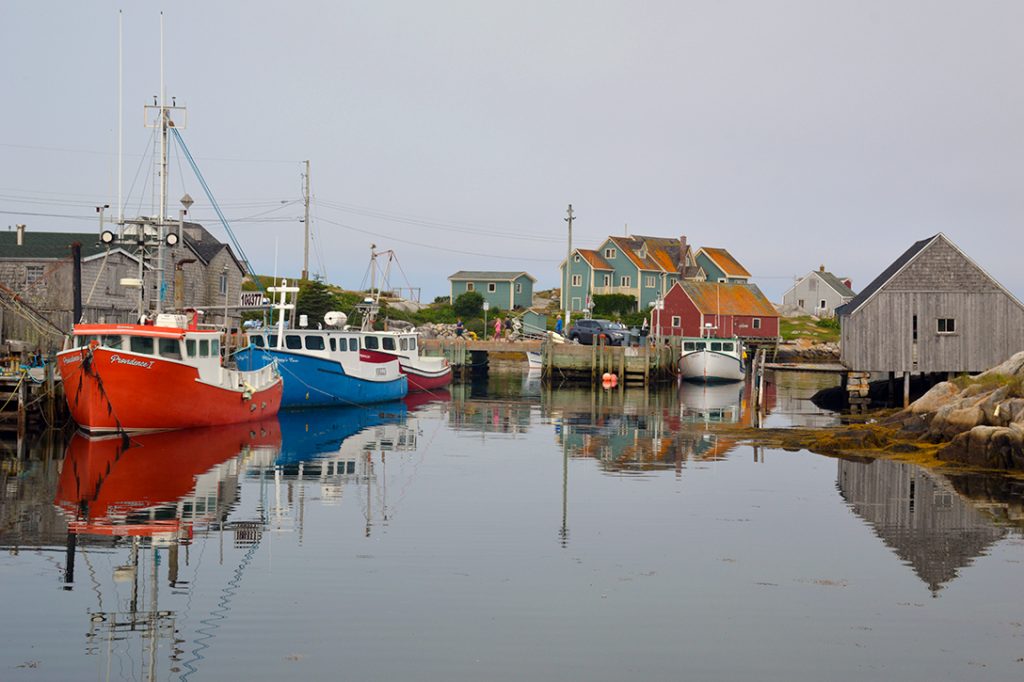
I lived in Halifax, Nova Scotia, while attending university. On a recent trip to visit family there, I found myself preoccupied by how it would be impacted by climate change. Flooding from storm surges and rainfall is expected to worsen. With 7,400 kilometers of coastline, and most of the 1 million inhabitants living in coastal towns, rising sea levels (expected to be the highest in Canada) will be devastating. In fact, the UN identified Nova Scotia as having the 2nd highest potential impact from climate change in North America, after New Orleans.
Then Dorian hit this week, bringing the immediacy of the problem into stark relief. Abaca and Grand Bahamas are adjacent to Eluethera, an island I have visited many times over the course of my life. This extreme event, with its indiscriminate but casually disproportionate impact to some of the most vulnerable populations, was devastating and catastrophic. My heart broke open. Sadness for the loss of life and home. Compassion for the suffering. Then, … regret for the greenhouse gases spewed into the atmosphere during my trips there, and around the world. Guilt and embarrassment for the years of my own inaction, a docile and complacent cog within the carbon economy. The waste and excrement of my life (in Boulder, Halifax, and now Phoenix) had floated up into the air, dropping their cumulative dirty effects over not just the Bahamas, but EVERYWHERE around the world, beautiful and remote, urban and crowded… Nowhere is untouched.
Richer, so-called developed countries, may be buffeted from the worst so far, but not forever. (The remnants of Hurricane Dorian passed over Halifax a few hours ago. As of this writing, power is out for much of the province.) We have waited decades, ignoring the klaxons of alarm, for an easy, painless solution. How long will we continue business as usual?
Apathy and resignation — is that really how the human race will go out? Not like the dinosaurs, extinction rained down by the vagaries of fate, but bored and uncaring, cool and disdainfully unconcerned?
Not me. My fire is lit. I will feed it with my fears for my son and all the future generations. I will feed it with my sadness and compassion for those suffering now. I will stoke it with my regret, guilt, and embarrassment — our renewable resources — to fuel my own long overdue action. I will tend and protect it with my hope for humanity.
What about you? Will you act?
— Claire Nickell, Arizona
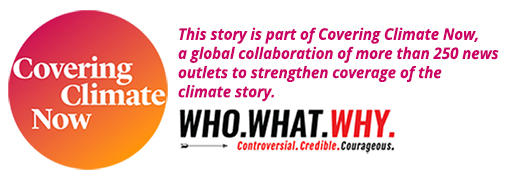
Related front page panorama photo credit: Adapted by WhoWhatWhy from Rebecca Siegel / Flickr (CC BY 2.0).
